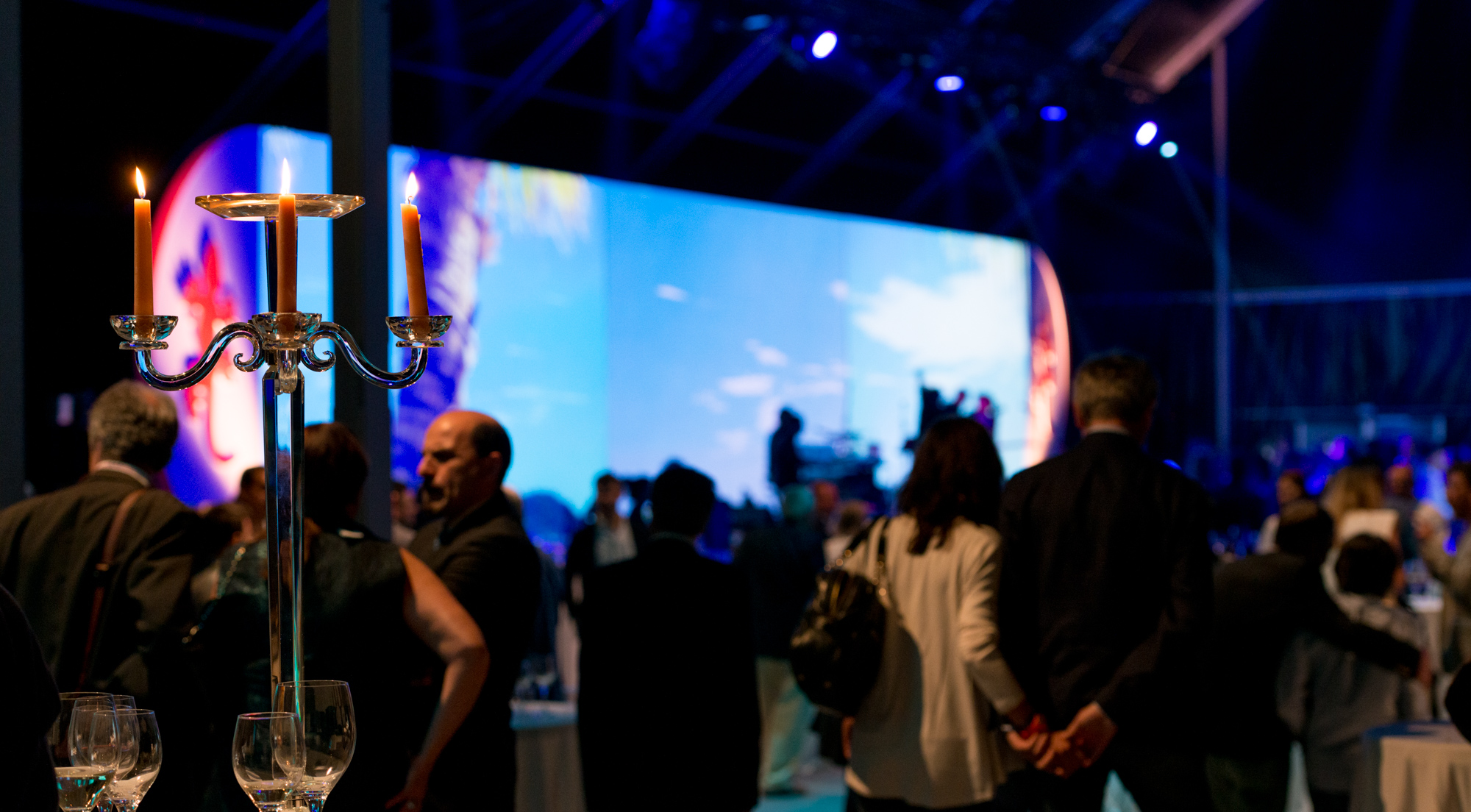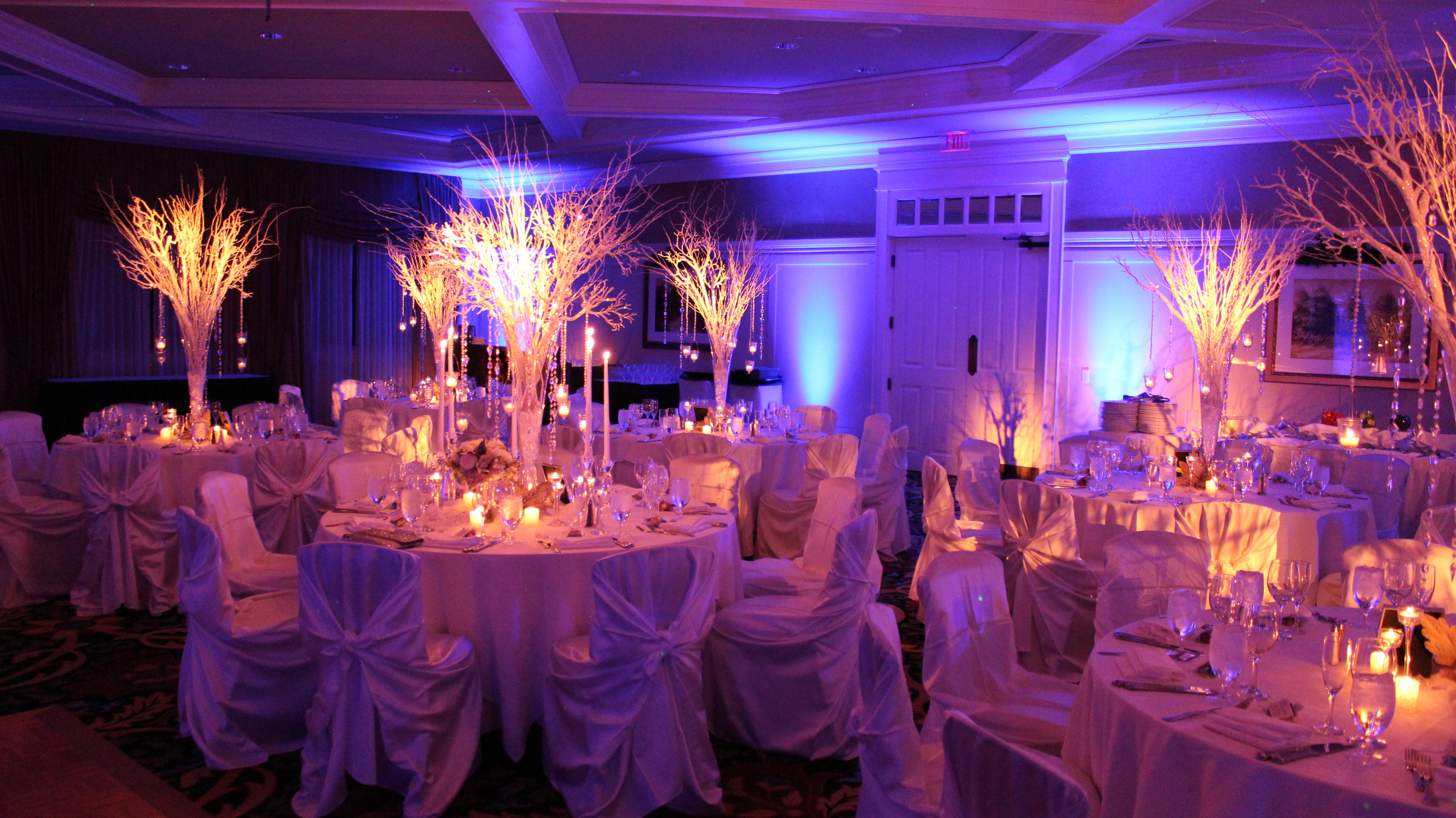Audiences are no longer spectators, they expect more – to be a part of the action.
Branding an event is about keeping your key messages clear, and in the mind of your attendees.
You want them to remember the call to action and the company or product name long after they’ve left, so you can get the best return on your investment. That’s why it’s vital that any logo or naming is prominent throughout the event experience – prior to arrival, through the event itself, and at any other additional events such as dinner or awards presentations.
Your options have increased from the standard vinyl banners and signs, to now an almost unlimited palette of tools, so take advantage of the latest physical, social and digital opportunities to engage your audience.
1. Digital immersion
Immersive marketing is about creating an experience that totally captures your attention and digital techniques have all the power here. They’ve become the new black, offering a number of high-powered, large-scale projectors, projection mapping and flat panel displays that can catapult brands front and centre. LED walls, pixel mapping and digital signage are all techniques that can surprise and delight your attendees, and leave a lasting impression.
2. Social immersion
The best way to define what makes an experience immersive is to see how it differs from non-immersive events – does the branding interrupt the flow of the event? Do the messages feel clunky or forced?
An immersive event will seamlessly and imperceptibly integrate the brand into every element of the event so capture your audience’s attention and let them create a buzz for you online.
If you can convince your audience to post the event’s content to their networks using your company or event’s hashtag, incorporating your graphics and spreading your message, then you will have gained some of the most valuable endorsement possible – word of mouth.
This sort of two-way communication encourages attendees to get involved and become an integral part of the event, thus immersing them in the event from a social perspective.
3. Physical immersion
There’s still a huge range of applications for tangible, three-dimensional objects to support your message, and depending on your event, budget and brand they can sometimes be more effective than their digital equivalents.
People absorb and retain information from a book differently than a screen, and different people respond to various mediums, so cover your bases using physical displays as a solid reinforcement of your brand that can be touched and shared in way that an electronic image can’t be.
Consider whether or not your event requires stunt theming, or whether you can tailor these three marketing strategies listed above to create an experience that too immerses your audience in the brand and key messages of the event.







